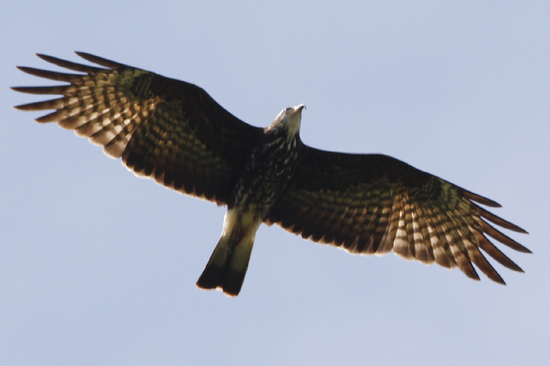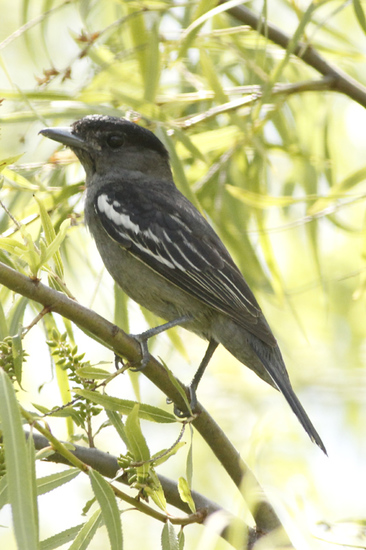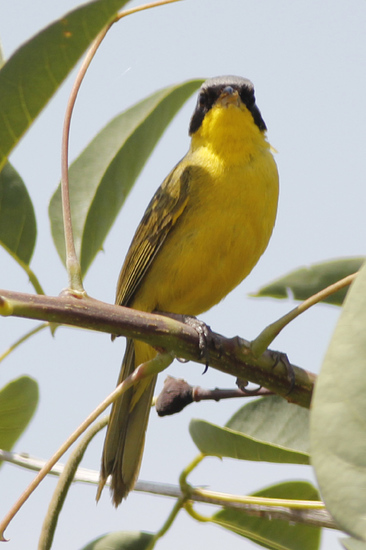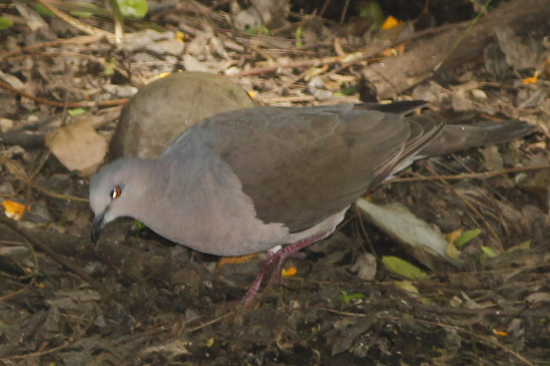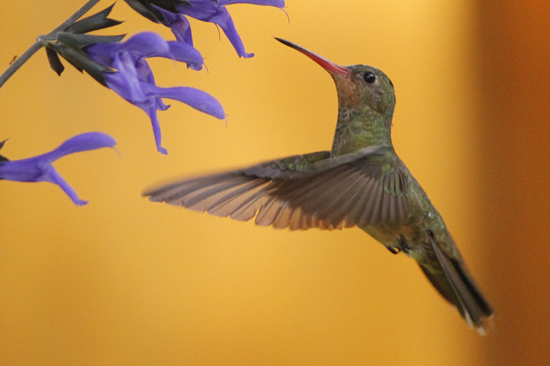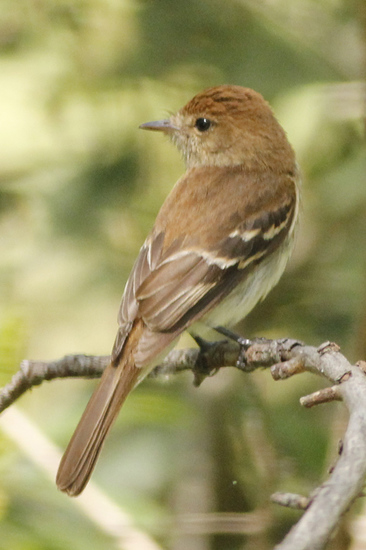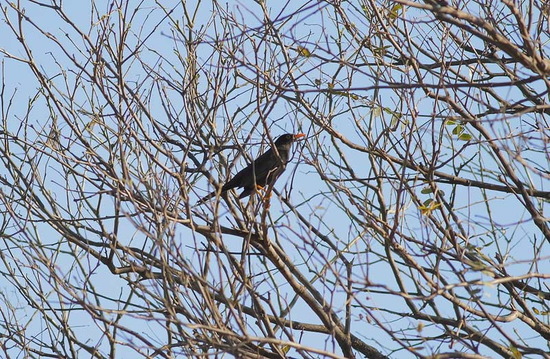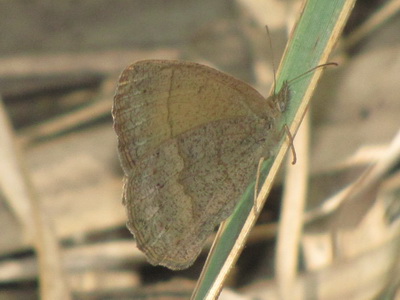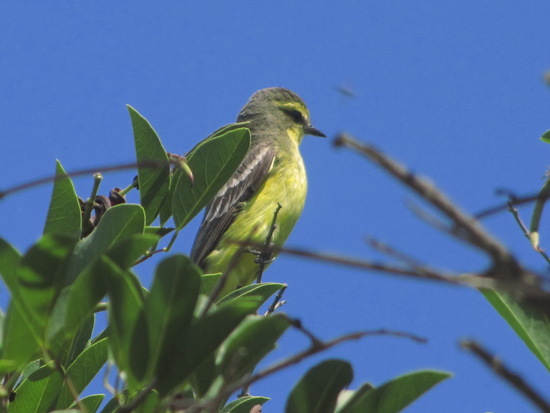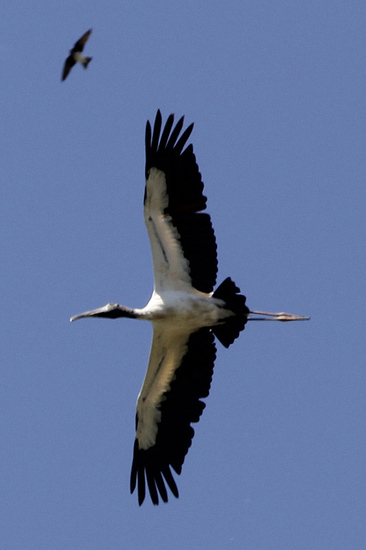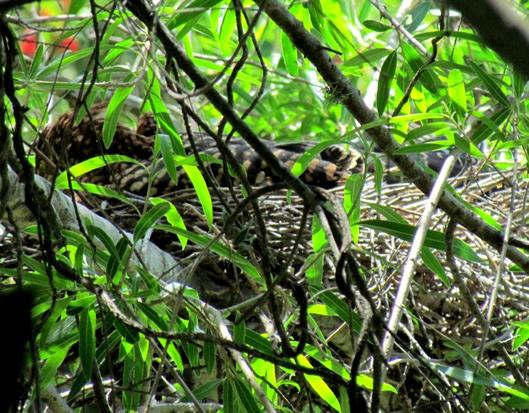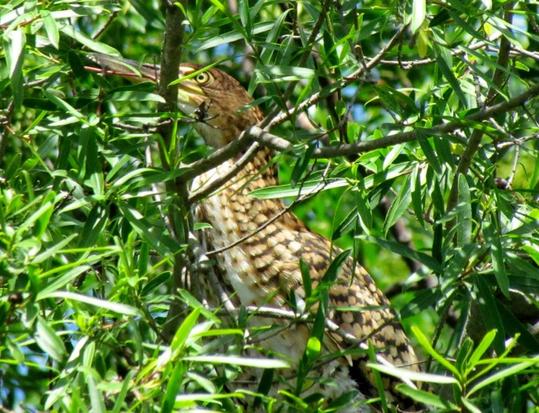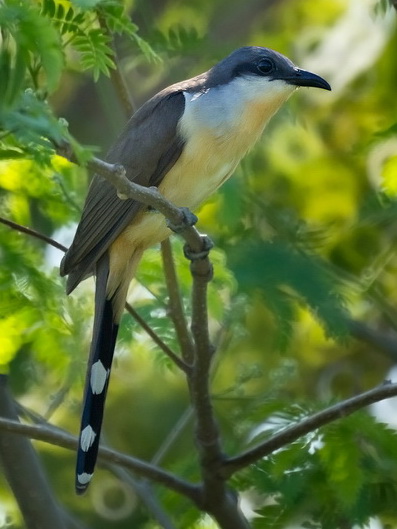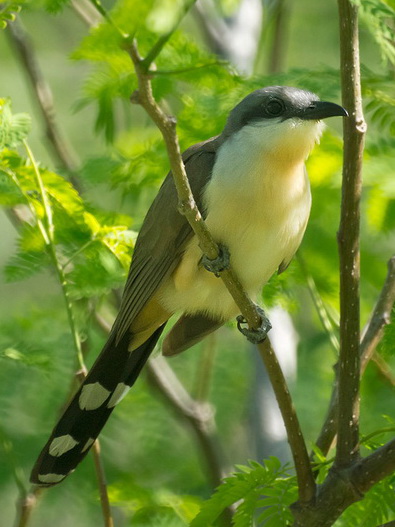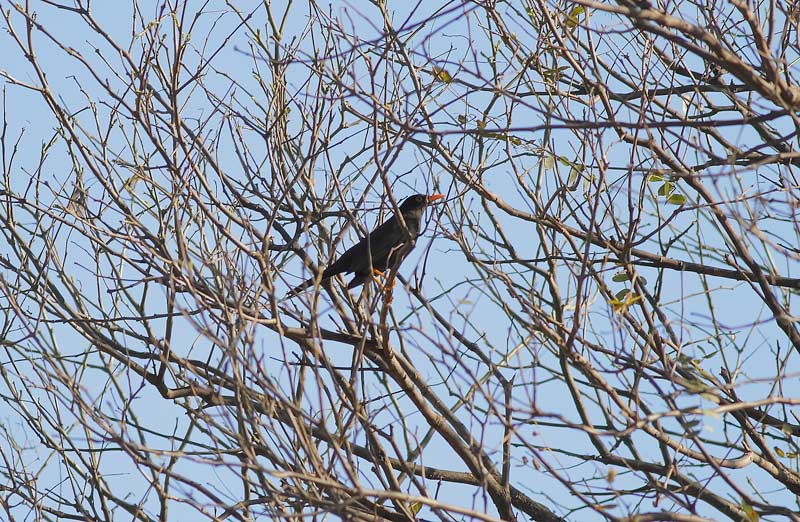News - November 2011
|
Gilded Sapphire - Cockspur Coral Tree Pollination is an example of how organisms interrelate and need among each other to prosper. Pollination is the transference of polen from the stamens (masculine reproductive apparatus) to the stigma (terminal part of the femenine reproductive apparatus). The Cockspur Coral Tree like many other plants con not do this by itself and must resort to pollinators. Among birds hummingbirds play this role efficiently. And our example is the Gilded Sapphire. The striking red colour of the flower attracts the sapphire and the nectar, the sapphire's basic source of food, becomes a reward. With its specialized bill it reaches the nectaries at the base of the corolla. As it is lapping up nectar its head touches both the stamens and the stigma. The anthers (teminal part of the stamens) will release pollen on the head of the sapphire to be transported to other flowers. The receptive stigma will receive pollen and if it is compatible fertilization will begin. And I add an interesting detail. Look how the sapphire clasps with its minute legs. Flowers with a big petal like the Cockpur's are used as a platform. Nevertheless, the sapphire keeps hovering as it feeds on nectar. Video © Roberto Ares - Texto: Cora Rimoldi |

Hot days are coming and lizards are more frequently seen. Amira and Abel tell us: "It was approximately 0.80 to 0.90 m long. We were sitting on a bench facing the sea in front of the electric power plant. In fact we were only 3 m away from the lizard during approximately 20 minutes till we left. The lizard moved into and out of the bushes. It seemed not to be afraid of us and we indulged ourselves taking a couple of pictures of it.




